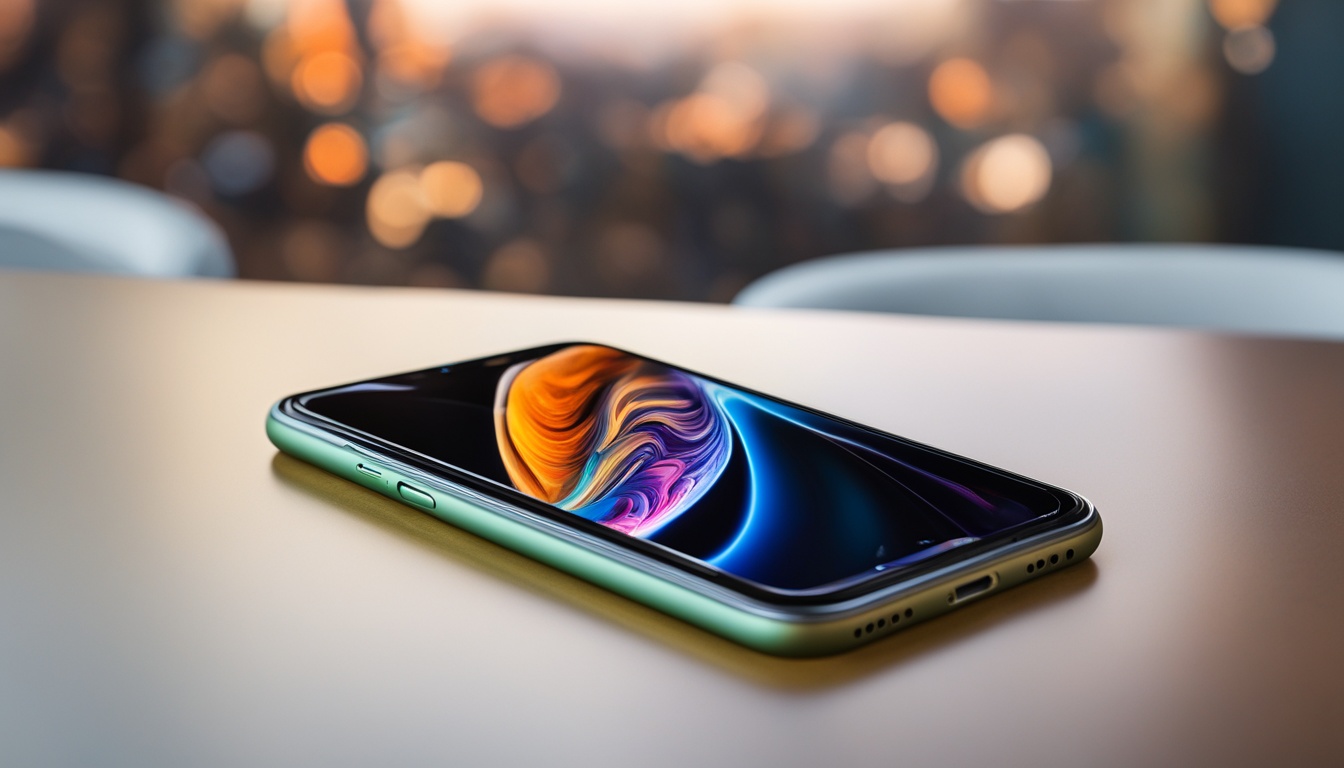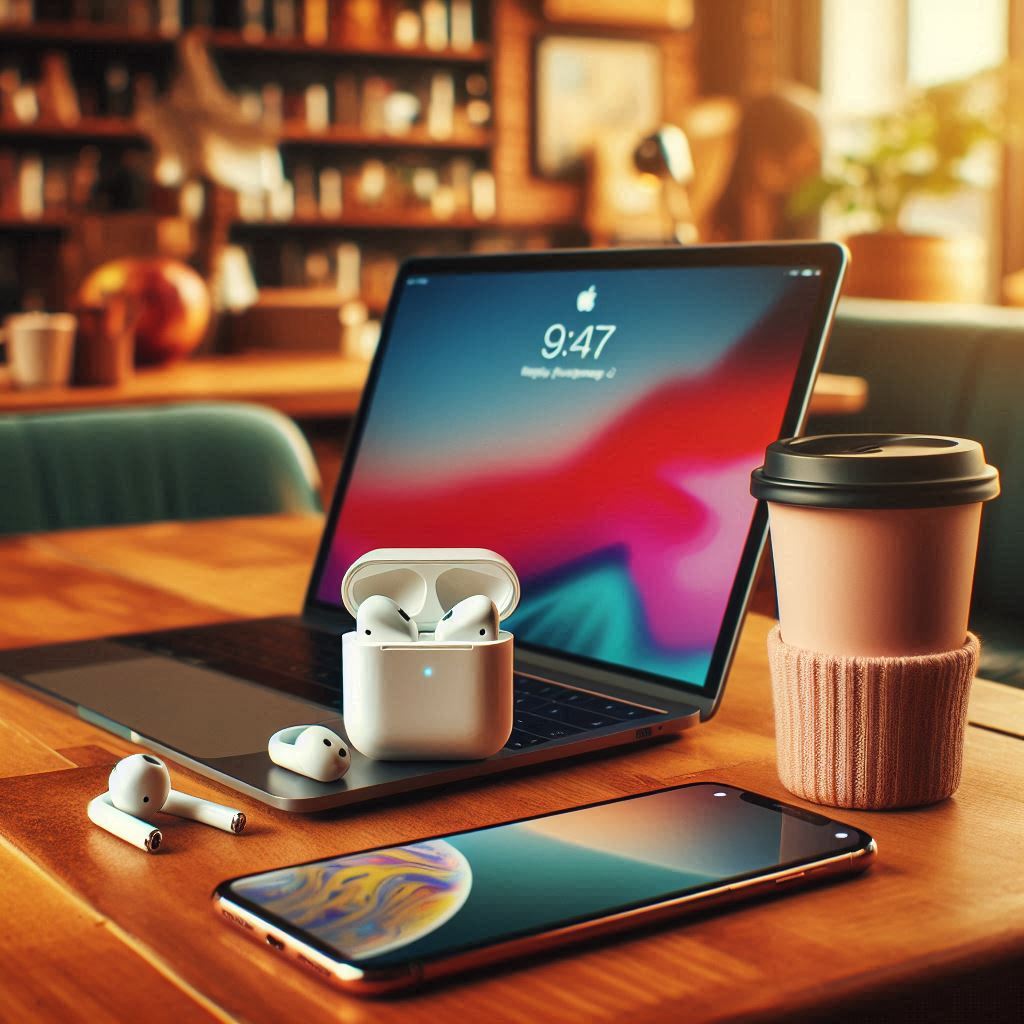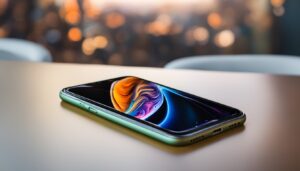Venturing into the realm of mobile deployment for Stable Diffusion models requires overcoming challenges in computational and memory resources. In this article, we delve into deploying Stable Diffusion on mobile devices using the TensorFlow Lite framework. We address challenges, propose solutions, and guide you through deploying and optimizing Stable Diffusion on your mobile device.
Challenges in Mobile Deployment
The constraints of mobile devices pose hurdles in deploying large-scale diffusion models like Stable Diffusion. Optimizing performance across varying computational power and memory capacities is imperative.
Solutions
Efficient deployment on mobile devices is made possible by harnessing Google’s TensorFlow Lite (TFLite) framework. TFLite’s compatibility with iOS and Android devices makes it an ideal choice for our implementation.
Numerically Stable Approximation
A hurdle in deploying diffusion models on mobile devices is the numerical instability of the approximated GELU operator. To combat this, we introduce a numerically stable approximation, preventing floating-point exceptions and preserving image quality.
Pipelined Execution for Memory Efficiency
Mobile devices with limited memory necessitate strategic loading of Stable Diffusion components. We propose a pipelined execution strategy, sequentially loading the denoising network, text encoder, and image decoder. This minimizes unnecessary memory occupation and enhances overall performance.
How to Deploy Stable Diffusion on Mobile Devices Using TensorFlow Lite
To deploy Stable Diffusion on mobile devices using TensorFlow Lite:
- Convert the Stable Diffusion model to a TensorFlow Lite model using the TensorFlow Lite Converter tool.
- Create a mobile app for inference, developed using frameworks like Android Studio or Xcode.
Optimizing the Performance of Stable Diffusion on Mobile Devices
Several techniques optimize Stable Diffusion’s performance on mobile devices:
- Model pruning: Remove unnecessary parameters from the model.
- Quantization: Reduce the precision of the model’s parameters.
- TFLite optimizations: Leverage TensorFlow Lite’s optimizations for improved performance.
Evaluating the Performance of Stable Diffusion on Mobile Devices
Metrics for evaluating performance include:
- Inference time: Measures the time to generate an image using the Stable Diffusion model.
- Memory usage: Quantifies the amount of memory used by the Stable Diffusion model.
- Image quality: Assesses the quality of images generated by the Stable Diffusion model.
Real-World Applications of Stable Diffusion on Mobile Devices
Stable Diffusion finds application in various real-world scenarios on mobile devices:
- Image editing: Enables diverse image edits like object removal, addition, and style changes.
- Photo filtering: Creates innovative and unique photo filters.
- Augmented reality: Provides a foundation for realistic AR experiences.
Conclusion
Deploying large-scale diffusion models on mobile devices demands overcoming computational and memory challenges. Utilizing TensorFlow Lite, employing a stable GELU approximation, and implementing a pipelined execution strategy ensures efficient deployment of Stable Diffusion. These solutions facilitate high-quality image synthesis on mobile GPUs, making diffusion models accessible across a broad spectrum of mobile devices.Different mobile architectures come with unique characteristics, this involves optimizing for both iOS and Android, taking advantage of platform-specific features for enhanced performance.
Future Directions
Future research avenues can enhance the performance and efficiency of Stable Diffusion on mobile devices:
- Model pruning and quantization techniques: Tailored for diffusion models.
- Advanced pipelined execution strategies: Further reducing memory usage and improving inference time.
Research can also explore new applications for Stable Diffusion on mobile devices, ranging from image editing tools and creative photo filters to educational apps and innovative games. As Stable Diffusion evolves, we anticipate an influx of groundbreaking applications leveraging this powerful technology on mobile devices. While Stable Diffusion excels in image synthesis, its potential extends far beyond.
Exploring applications in fields like healthcare, where Stable Diffusion can be used for medical image enhancement, or in automotive industries for enhancing vision systems in mobile applications, can lead to various on devices usage, that will further help in making mobile devices truly a personal assistant.












